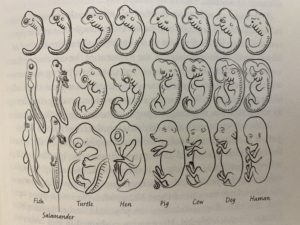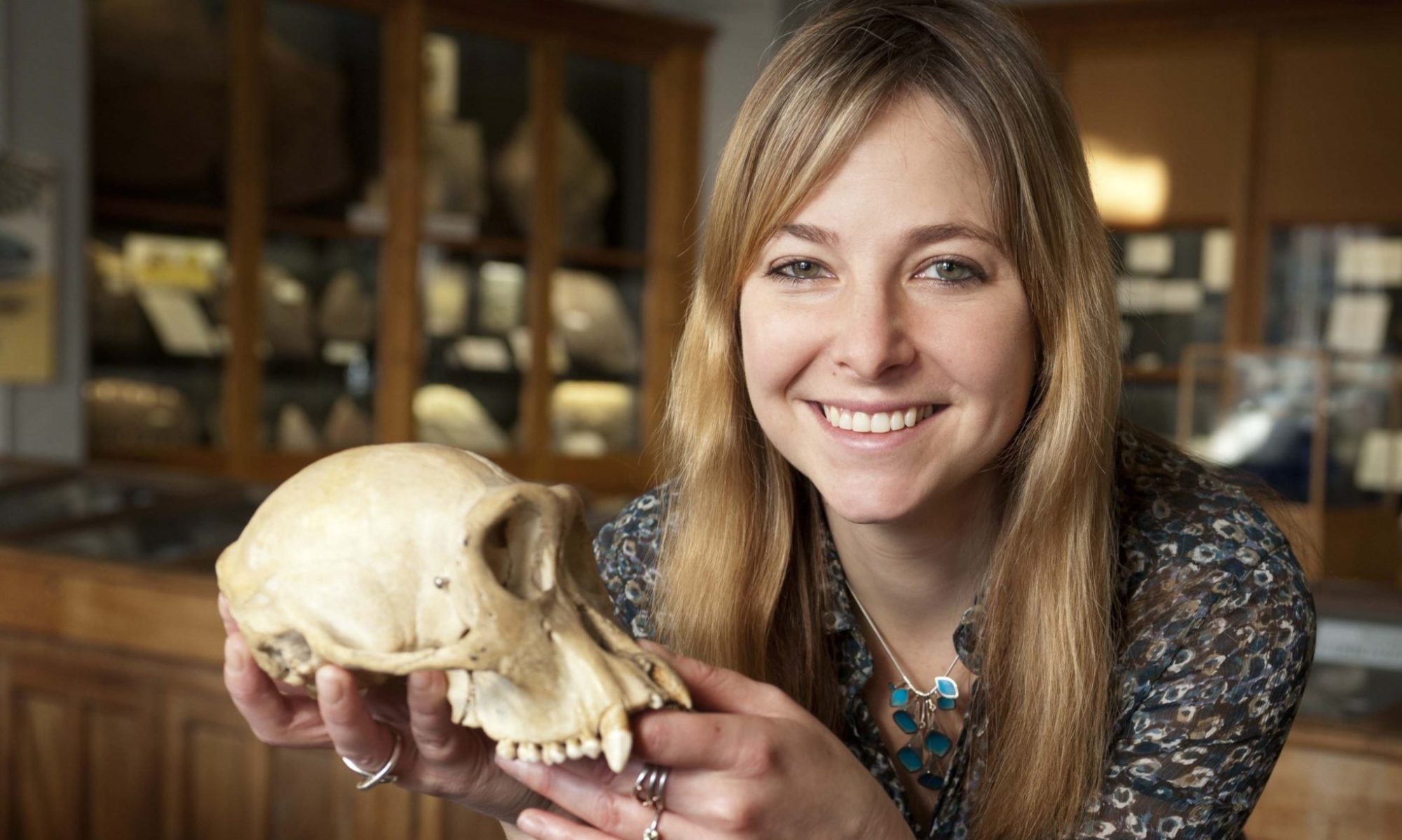Chapter Overview:
The author’s background in embryology informs her discussion of the process of fertilization and gestation very well, she paints a clear picture of the development of an embryo in a way that is accessible to readers and clear and creates a sense of wonder surrounding our own coming into existence. She has a clear focus on the relationship between evolution and embryology and what we can learn from that.
Chapter Summary:
Roberts begins the chapter with a description of her experience of becoming a mother. She highlights the unlikeliness of every individual that exists within current reproductive and social structures, but she also takes it further to describe how unlikely the existence of our species, or biological life in general is. She takes an evolutionary point of view in describing the body, its shortcoming and constraints but also its genius. She then discusses the evolution of ideas that lead to our current understanding of conception and embryonic development, starting with Hippocrates and charting through modern understandings including the discovery of the ovum and sperm as well as the controversies in determining their role in offspring production.
Following her description of modern understanding of the role of egg and sperm in reproduction, she walks through the actual process of fertilization following ejaculation. The journey sperm and ovum must make to become united to form a single cell. She describes the immediate changes in cell physiology following fertilization that prevent other sperm from penetrating into the egg and how the nuclei combine to form one diploid set of chromosomes. She then describes the path a zygote must make to implant and develop into an embryo and eventually into a child.

She discusses the similarities in embryos of different species to highlight our shared evolutionary history. It is incredible how conserved embryonic development is across many species. There were several false theories about how this was related to complexity and evolution. Darwin’s work, she explains, reframed the way we envisioned evolution and so allowed us to come to a more complete understanding of why species developed following similar patterns. She shares a very strongly worded thesis about the relationship between embryonic development, final body plan and evolution in general.
